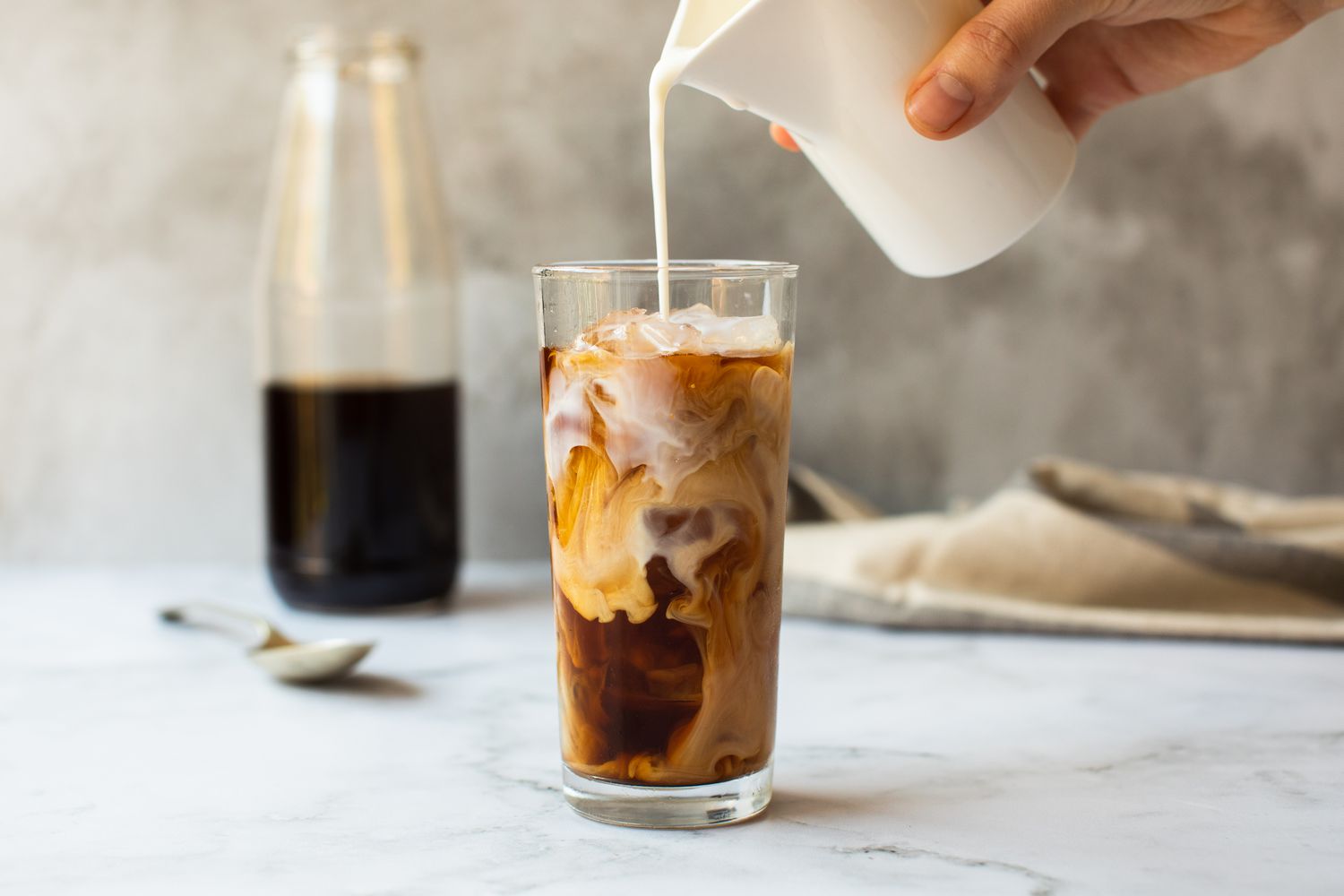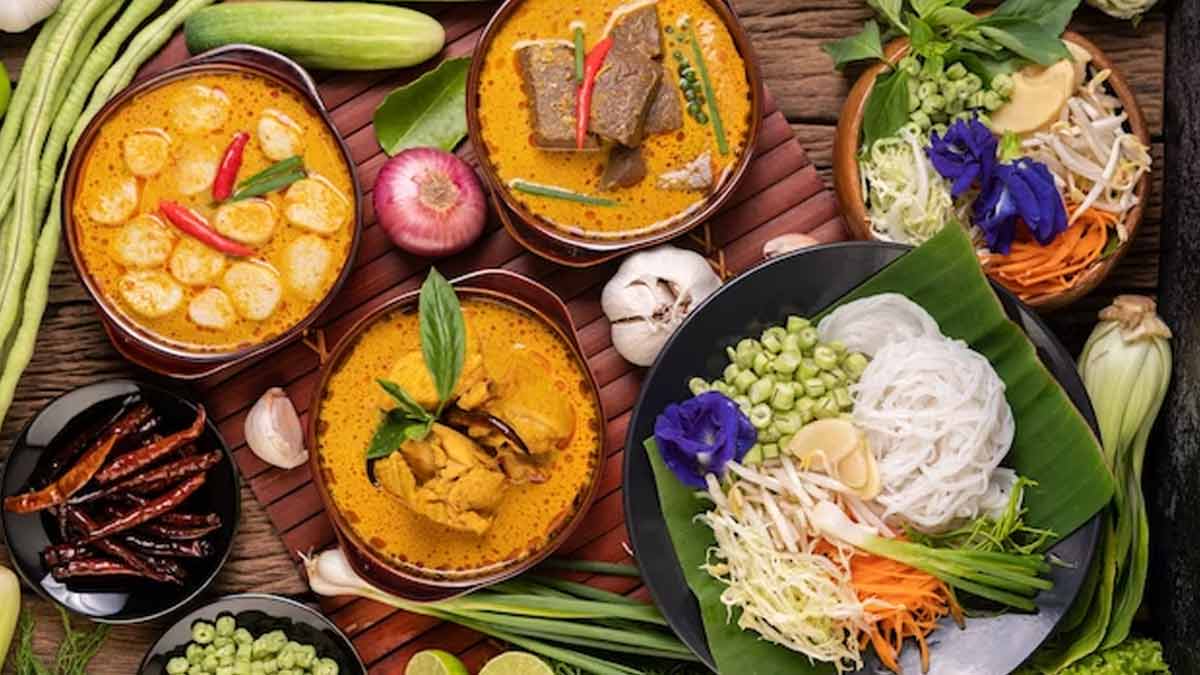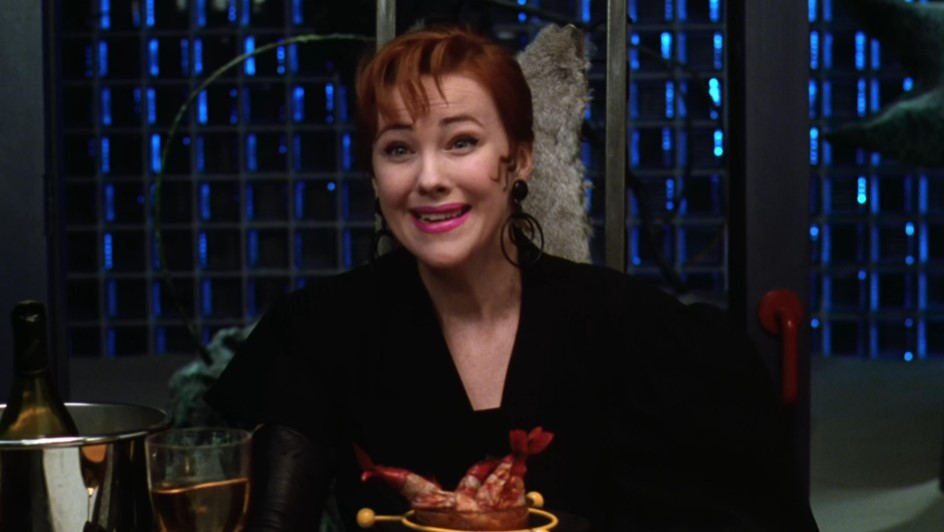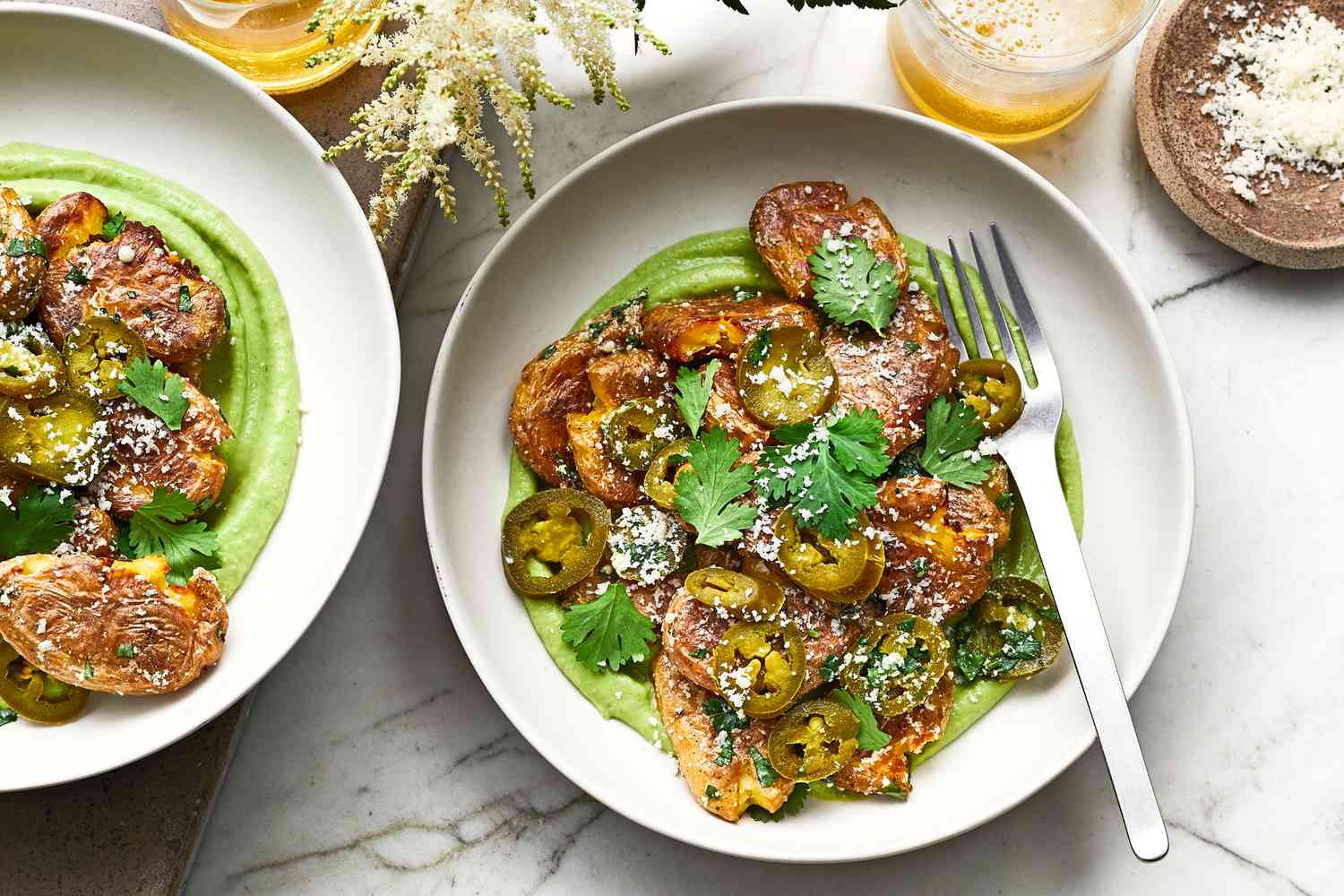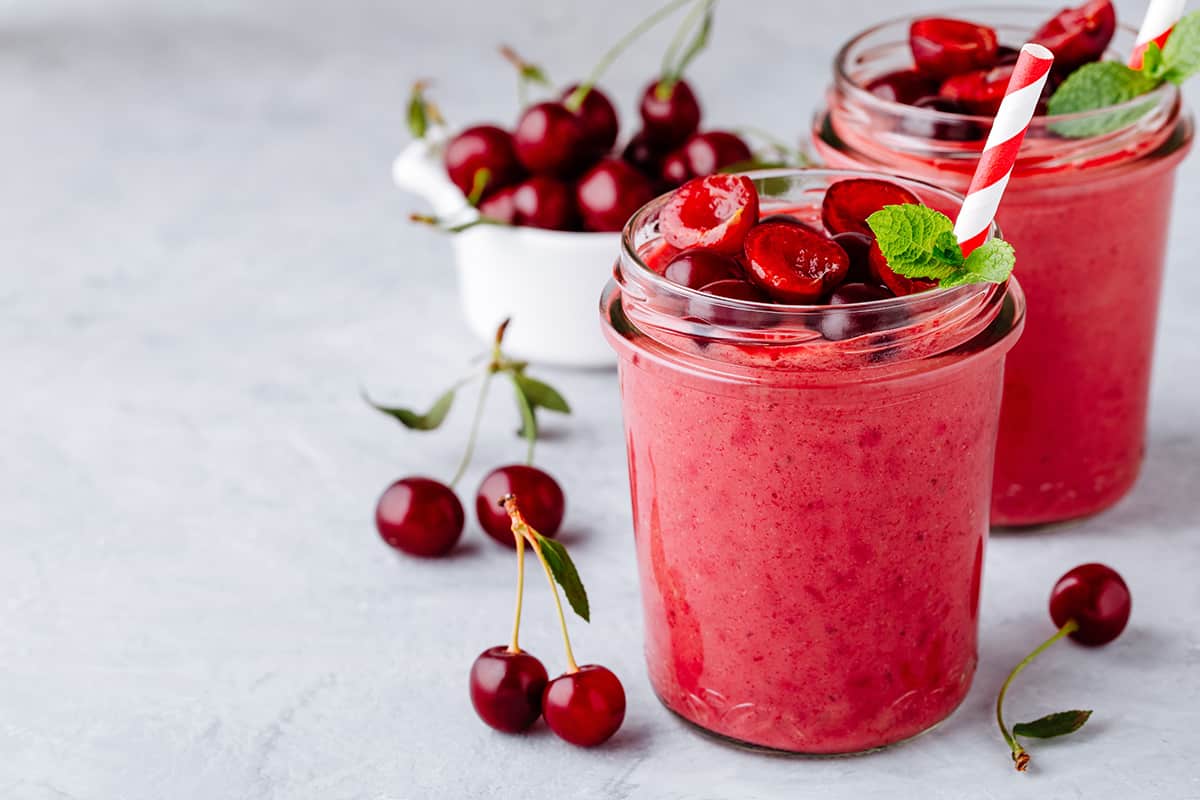Churrasco Puertorriqueño: The Ultimate Grilled Steak of Puerto Rico
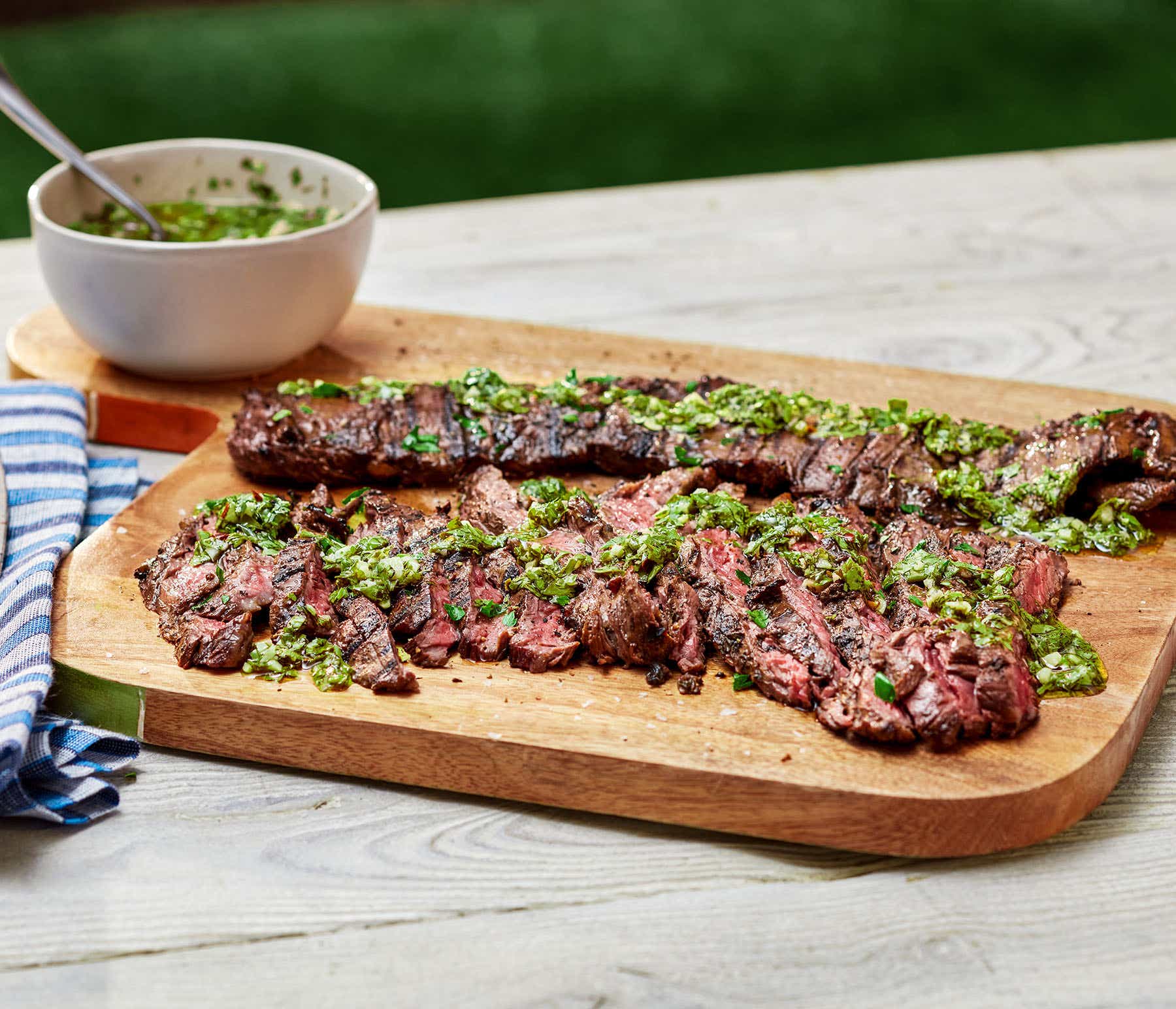
With its rich blend of indigenous Taíno and Spanish influences, the cuisine of Puerto Rico has developed its own distinct flavors and dishes over the centuries. One of the most famous dishes to come out of Puerto Rican culinary tradition is churrasco puertorriqueño, also simply called churrasco. Churrasco puertorriqueño is a mouthwatering grilled steak dish that has become ingrained in the island’s identity and culture. Here we’ll break down the classic recipe for churrasco puertorriqueño and discuss its history and significance in Puerto Rican cooking.
The Origins of Churrasco Puertorriqueño
When the Spanish first arrived in Puerto Rico in the 15th century, they brought with them European agricultural and cooking methods. Cattle were among the livestock imported by the conquistadors, and the locals soon adopted beef as a staple meat. Grilling meat over an open fire was a common way of cooking in Spain as well as among the indigenous Taínos. These factors all contributed to the development of churrasco puertorriqueño.
The word “churrasco” itself comes from the Portuguese word “churrasco”, meaning meat grilled or roasted over an open fire. In Puerto Rico, thin cuts of beef tenderloin or ribeye came to be cooked this way, seasoned simply with adobo (a garlic and citrus spice blend) and grilled to smoky, tender perfection. Over time, churrasco puertorriqueño became cemented as a classic Puerto Rican signature dish. Today, no Puerto Rican birthday, graduation or family gathering is complete without a spread of churrasco on the menu.
Read more: Spice Up Halloween with This Beetlejuice-Themed Shrimp & Poblano Aioli
Preparing the Meat
The star of churrasco puertorriqueño is the cut of beef. For authentic flavor, flat iron steak, flank steak or skirt steak are preferred over fattier cuts like ribeye or T-bone. These cuts have a nice strip of connective tissue running through the meat that enhances tenderness when cooked.
Look for steaks that are about 1/2 to 3/4 inches thick. Trimming any excess fat is also recommended. Once you have your cut of beef, it's time to season. Make or purchase a jar of adobo seasoning blend. Adobo traditionally contains garlic powder, dried oregano, ground cumin, black peppercorns and bitter orange powder (made from dried Seville oranges). Generously coat both sides of the steak in the adobo rub, pressing it into the meat. Let the steaks sit at room temperature for 30 minutes to an hour before grilling to allow the flavors to penetrate.
Grilling the Steak
When ready to cook, heat your charcoal or gas grill to a medium-high heat. Oil the grates before placing on the seasoned steaks. Grill for 4-6 minutes per side, depending on thickness, until nicely charred on the exterior but still medium-rare to medium inside. You want a bit of pink remaining for optimum texture and tenderness. Use tongs to gently flip the steaks only once during cooking to avoid losing the seasoning rub.
While grilling, regularly brush the steaks with more adobo seasoning or olive oil to create a flavorful crust. Resist the temptation to press down on the meat with a spatula, as this can cause it to toughen up. When the steaks are looking nicely grill-marked and reaching an internal temperature of 145°F, remove them from the heat and let rest for 5 minutes before slicing. During this time, the meat temperature will continue to rise to a perfect medium-rare doneness.
Read more: One Skillet, Big Flavor: How to Make Marry Me Chicken
Accompaniments
Alongside the grilled churrasco, traditional Puerto Rican sides include tostones, cooked sweet plantains that have been smashed to a thin crisp chip; boiled or fried yucca; white rice with pigeon peas (arroz con gandules); and maduros, sweet fried plantains. Salads featuring avocado, tomatoes and onions are also commonly served. To fully enjoy the meal, you'll want to toast the churrasco with a cold Medalla or Medalla Light beer, Puerto Rico's most beloved brew.
While simply grilled meat seems minimalist, the churrasco should not be enjoyed plain. Once sliced, traditionally each diner tops their portion of steak with their choice of accompaniments for texture and extra layers of flavor. Some popular topping combinations include yucca mashed with garlic; rice and beans; chopped onion and tomato pieces; sliced avocado; and a drizzle of mojo criollo sauce, made from olive oil, garlic, cilantro and sour orange juice.
Cultural Significance
Today, churrasco puertorriqueño is not just an elaborate grilled steak – it holds deep cultural meaning for Puerto Ricans at home and abroad. Preparing and enjoying a perfectly cooked churrasco is a source of pride, while also serving as an anchor to the island’s gastronomic heritage. Churrasco puertorriqueño is almost always the centerpiece of special celebrations, from quinceañeras to weddings to Christmas Eve feasts called parrandas. The complex smoky-citrus flavor profile perfectly captures what Puerto Rican cuisine is all about.
For Puerto Ricans who have relocated elsewhere, sharing a home-cooked churrasco is a way to feel connected to their roots and childhood memories. Generations of families have passed down their own tweaked adobo recipes and grilling techniques used to make “the perfect churrasco.” It’s this communal element and attachment to tradition that elevates churrasco puertorriqueño beyond a mere dish - for Puerto Ricans near and far, it represents an entire culture, history and identity. When cooked and enjoyed with care, churrasco puertorriqueño is truly defining of Puerto Rican pride, spirit and hospitality. Its rich tropical notes continue to bring people together across distance and time.
Read more: Bring the Magic of Hogwarts Home with This Quick and Easy Butterbeer Recipe

